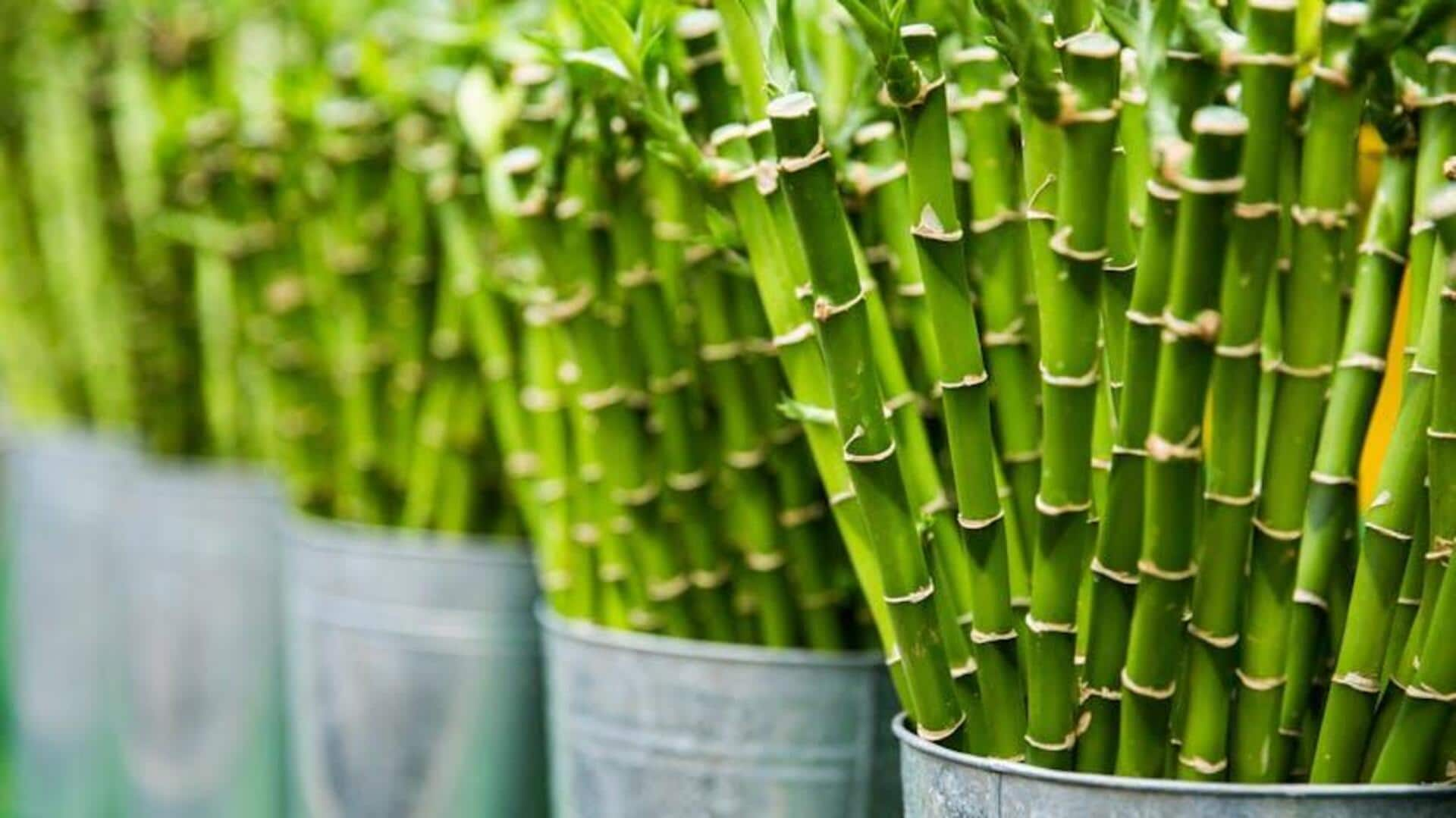
5 eco-friendly home decor materials to know
What's the story
In recent years, the focus on sustainability has significantly influenced home decor trends. As more individuals seek eco-friendly options, sustainable materials are becoming increasingly popular in interior design. These materials not only reduce environmental impact but also offer unique aesthetics and durability. This article explores five sustainable materials that are transforming modern home decor, providing insights into their benefits and applications.
Natural choice
Bamboo: The versatile wonder
Bamboo has always been a rapidly renewable resource. It grows so fast that you wouldn't even need pesticides or fertilizers. It is also strong and flexible, making it an ideal option for flooring, furniture, and decorative items. Bamboo's natural look also makes your interiors warmer and is a long-lasting alternative to regular hardwoods. Using it in home decor also promotes sustainability by curbing deforestation.
Eco-friendly option
Reclaimed wood: Giving new life
Essentially, reclaimed wood is sourced from old buildings, barns, or factories and repurposed for new uses. How is this sustainable, you ask? This material reduces waste by recycling existing wood rather than cutting down new trees. Not to mention, it offers a rustic charm with its weathered textures and the unique history embedded in each piece. Use reclaimed wood for flooring, wall panels, or custom furniture pieces.
Renewable resource
Cork: Lightweight and durable
Cork is harvested from the bark of cork oak trees without harming them, making it a renewable resource. Lightweight yet durable, cork offers excellent insulation properties for floors and walls. The natural texture of cork adds an organic feel to spaces while being resistant to moisture and fire-retardant. Its use also contributes to preserving biodiversity in cork oak forests.
Sustainable sparkle
Recycled glass: Shimmering elegance
Recycled glass is created from post-consumer glass products (like bottles/windows). These are melted down and reformed into new items, such as tiles or countertops. The process reduces landfill waste. It also creates beautiful surfaces. These surfaces shimmer due to light reflection through the glass particles embedded within them.
Earth-friendly fabric
Jute: Natural fiber appeal
Jute is a natural fiber obtained from plants grown mainly in tropics, where they need less water than other crops such as cotton, which requires heavy irrigation during cultivation stages until harvest time. Fibers are removed by hand using age-old techniques, ensuring sustainability remains intact during production cycles. This ultimately benefits both the environment and the economy alike, worldwide, in the overall context here today and into tomorrow too.